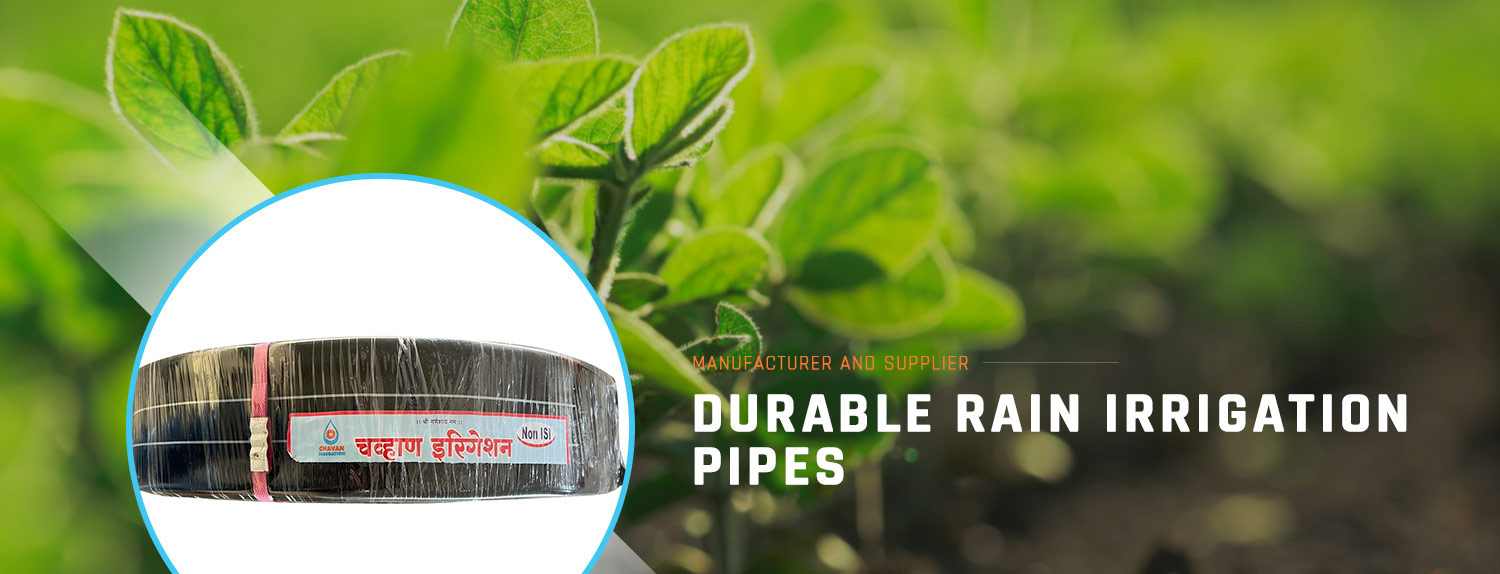
Irrigation PipesEmbrace the reliability of our Irrigation Pipes, manufactured and supplied by our company with over 5.0 years of experience in the industry. Our product list includes the trending Rain Irrigation Pipes, 12mm Online Drip Irrigation Pipe, High Quality Rain Irrigation Pipes, 20mm Inline Drip Irrigation Pipe, and Drip Irrigation Pipes. Our irrigation pipes are prime in quality and unmatchable in performance, offering excellent durability and longevity. Our Irrigation Pipes are designed for use in the irrigation of agricultural crops, gardens, and landscapes. They are made from high-quality materials that ensure their resistance to wear and tear, corrosion, and UV radiation. Our pipes are easy to install and maintain, making them a cost-effective solution for your irrigation needs. We offer a special supply ability in the domestic market, covering all of India. Our pipes are available in various sizes and lengths, making them suitable for different irrigation applications. Whether you need to irrigate a small garden or a large farm, our irrigation pipes are the perfect solution for you. Some advantages and features of our Irrigation Pipes include their high-quality construction, excellent durability, easy installation and maintenance, resistance to wear and tear, and suitability for different irrigation applications. |
|
|
Back to top



 Call Me Free
Call Me Free